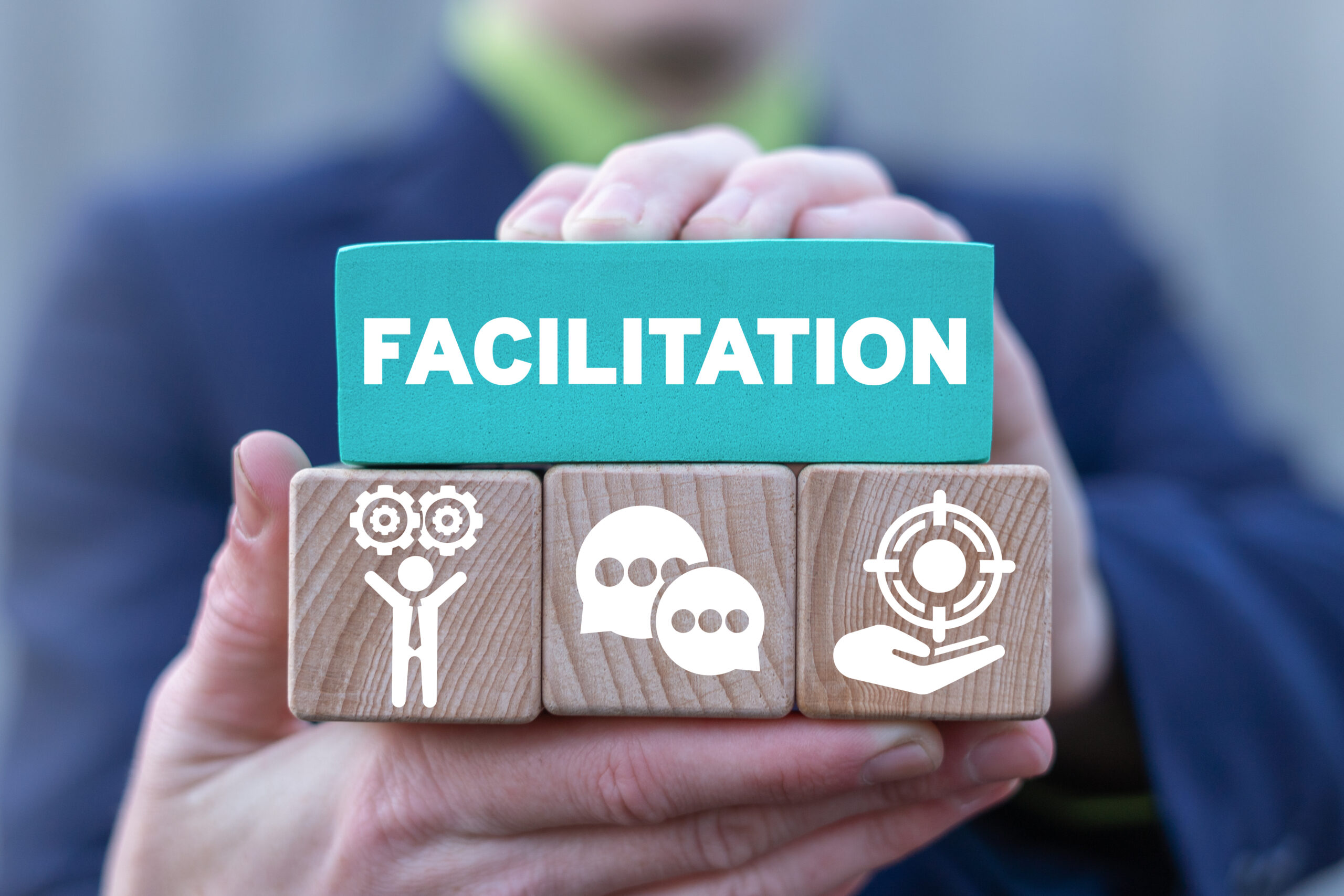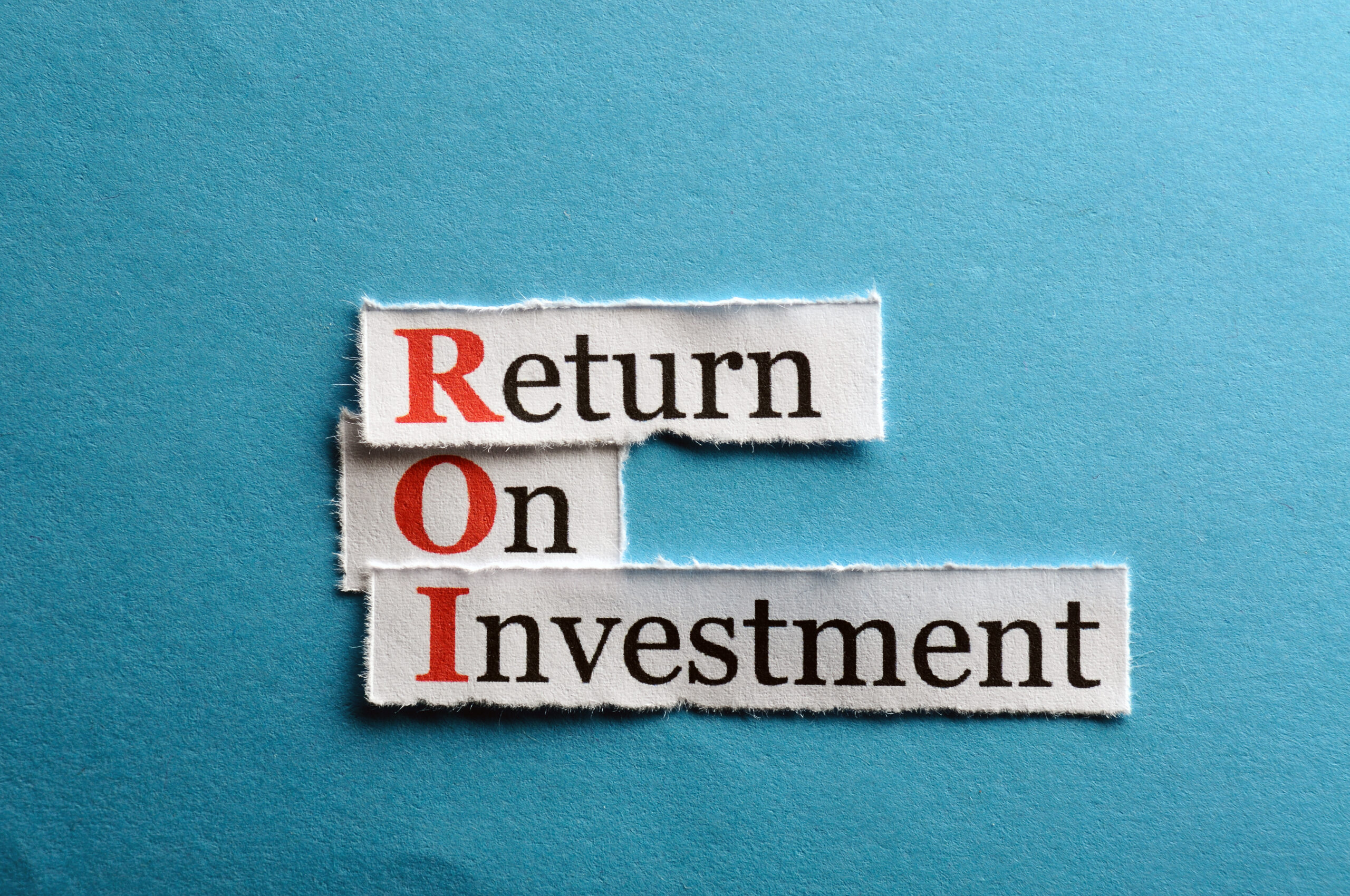Feedback loops help L&D leaders refine strategies, align learning with business goals and drive success, writes Houra Amin
In the rapidly evolving business landscape, the ability to adapt and continuously improve is critical for success. Central to this adaptability are feedback loops – a concept that involves producing something, measuring the outcomes, and making improvements based on the data.
A strong partnership between L&D and business leadership is crucial for ensuring alignment between the people-capability agenda and the overall business strategy
To stay healthy, every aspect of a business needs feedback loops and learning and development is not an exception. For L&D professionals, embedding feedback loops into learning strategies can transform how organisations develop talent and maintain a competitive edge.
Modern L&D functions must create dynamic feedback loops that ensure learning initiatives align with evolving business and talent needs. It’s crucial that the feedback used isn’t limited to learning metrics alone but also includes business metrics, HR data, employee surveys, and customer insights. Using all this feedback helps L&D to identify areas for improvement and drive meaningful changes in behaviour and performance.
This article explores how senior L&D leaders can leverage feedback loops to drive data-driven decisions, refine learning strategies, and ensure alignment with overarching business goals.
Business strategy isn’t important, it’s everything!
Business strategy is the compass guiding every organisational function, including L&D. When business priorities shift, the L&D strategy must adapt accordingly. For instance, during a digital transformation, L&D initiatives should focus on equipping employees with the necessary digital skills to support this transition.
After companies identify their business priorities, they must ensure their employees can deliver on them. This involves developing a comprehensive skills framework aligned with the organisation’s strategic direction. Companies need to identify the most critical skills for various functions and roles, both current and future, and then assess current employee skills in these areas. A systematic approach to skills assessment helps L&D pinpoint gaps and design targeted interventions to close these gaps.
A strong partnership between L&D and business leadership is crucial for ensuring alignment between the people-capability agenda and the overall business strategy. As McKinsey & Company highlights, both parties should co-own the process of defining, prioritising, designing and securing funding for skills development programmes. This continuous feedback loop and partnership ensure L&D initiatives remain dynamic and directly contribute to the company’s success, securing the necessary resources and support.
Case study: Boosting retention with a skills-based framework
The London Stock Exchange Group (LSEG) tackled high employee turnover by introducing a skills-based career framework. Internal surveys had revealed limited career opportunities as a key issue. To address this, LSEG launched Career Navigator, a software that empowers employees to explore available roles and required skills. To support continuous learning, LSEG plans to integrate third-party learning content. This initiative aims to boost internal mobility by 15% and reduce external hiring costs by 20%.
Well-governed feedback loops ensure Career Navigator stays aligned with business needs. Account managers provide weekly feedback on adoption and user experience, improving employee engagement. HR collaborates quarterly on minor updates like job profiles, while project teams tackle medium-impact changes. Annual reviews ensure the framework reflects evolving business and industry needs.
Using data effectively needs robust collaboration
L&D is integral to the talent cycle, encompassing attraction, recruitment, onboarding, performance management, succession planning and even offboarding. To maximise its impact, there must be a strong feedback loop between HR and L&D.
Accessing the right data through performance reviews, employee surveys, and exit interviews is essential. These insights enable L&D to craft a skills-building agenda that meaningfully supports employees.
For instance, during onboarding, helping new hires develop necessary skills and connecting them with the right mentors directly enhances their engagement and experience. Or during employees’ tenure, insights from performance reviews can reveal critical skills gaps and training needs. Addressing these needs will ultimately improve retention rates.
Case study: Enabling personalised skills and learning recommendations
Norsk Hydro faced challenges with skill gaps and employee dissatisfaction regarding professional development opportunities. In response to that HR and L&D leveraged AI-enabled skills technology to identify the skills gaps across the company. This collaboration allowed them to develop a skills library and implement AI-driven learning recommendations.
This means employees can receive personalised development plans, which are expected to enhance engagement, retention and workforce planning insights. This example highlights the necessity of a robust feedback loop between HR and L&D to access the right data and shape effective skills-building agendas.
Understanding the customer is key
Don’t forget the customer – your employees. A strategy is only effective if employees are willing, motivated, and skilled to execute it. L&D initiatives should contribute to employee engagement and performance by providing the skills they need, access to digital learning technologies, and connections with mentors or peers.
Qualitative analyses, such as staff surveys and focus groups, provide comprehensive insights into employees’ needs, blockers, and motivators. Employees can sometimes think of things you would never have come up with, so these insights can not only help L&D continuously improve learning solutions, ensuring they remain effective and relevant, they also help generate new ideas and opportunities, drive experimentation, testing, and improve innovation.
Case study: A product example
“Imagine you’re sitting in the boardroom of a major global drinks company, charged with producing a new product that will rival the position of Coca-Cola, writes advertising executive and author Rory Sutherland. “The first thing I would say is something like this: ‘We need to produce a drink that tastes nicer than Coke, that costs less than Coke, and that comes in a really big bottle so people get great value for money.’ What I’m fairly sure nobody would say is this: ‘Hey, let’s try marketing a really expensive drink, that comes in a tiny can… and that tastes kind of disgusting.’ Yet that is exactly what one company did… that drink was Red Bull.”
Sutherland continues: “Before Red Bull launched outside of Thailand… a specialist in researching the flavouring of drinks had never seen a worse reaction to any proposed new product… ‘I wouldn’t drink this piss if you paid me to’ was one refrain.’ Yet over six billion cans are now sold annually.”
This is how Sutherland shows that understanding what people need is key, and the best ideas don’t always make sense in a boardroom.
People didn’t want a nicer drink; they loved Coca-Cola and Red Bull understood this. They shifted focus from simply offering a more flavoured beverage (features) to promoting an energetic, adventurous, and sporty lifestyle (benefits). They created a loyal community who identify with the brand’s values and actively engage with them. Red Bull prioritises understanding and valuing its customers’ opinions, fostering a strong emotional connection.
In L&D, we can learn a great deal from how brands ensure their consumers feel heard and valued.
Leveraging feedback for continuous improvement
Harnessing the power of feedback loops allows L&D leaders to create learning strategies that are dynamic, data-driven, and aligned with business goals. By collaborating with HR and business leaders, leveraging relevant data, and focusing on the employee experience, L&D can drive significant improvements in both individual and organisational performance.
Implementing these strategies ensures that L&D remains an integral part of the company culture, capable of adapting to and thriving in an ever-changing business environment.
Start by evaluating your current feedback mechanisms and identifying key areas for improvement. By fostering strong partnerships across the organisation and continuously adapting to business needs, you can transform your learning initiatives into powerful drivers of business success.
Houra Amin is the Director and L&D consultant at Blue Jay Learning. You can contact her direct at houraamin@bluejaylearning.com




